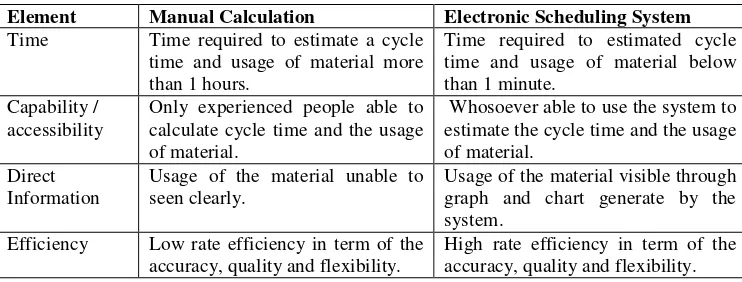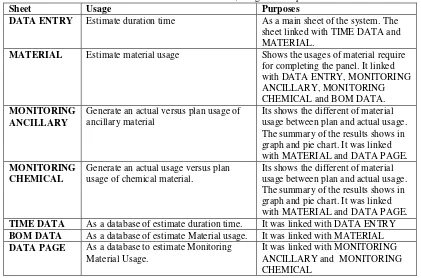The Effectiveness of Electronic Scheduling Template: Case Study on Composite Based Product’s Company.
Teks penuh
Gambar
![Figure 1: Information Flow Diagram In Manufacturing System Source: Pinedo [2].](https://thumb-ap.123doks.com/thumbv2/123dok/667533.82037/2.595.136.467.246.590/figure-information-flow-diagram-manufacturing-source-pinedo.webp)


Dokumen terkait
Untuk menentukan kata dasar dari kata berimbuhan ini dengan menghilangkan semua imbuhan (afiks) baik yang terdiri dari awalan (prefiks), sisipan (infiks), akhiran (sufiks)
Seperti yang telah dijelaskan oleh Werner pembelajaran senam bertujuan untuk meningkatkan daya tahan, kekuatan, kelentukan, kelincahan, koordinasi serta kontrol
bertindak untuk dan atas nama PT...,dalam rangka memenuhi salah satu persyaratan dalam proses memperoleh Izin Penyelenggaraan Penyiaran bagi PT...sebagai lembaga
[r]
Akibat kompleksnya permasalahan kemiskinan yang dihadapi oleh masing-masing individu di dalam wilayah studi kasus, penulis melakukan penelitian secara kualitatif
analisis Shift Share , yang berguna untuk mengetahui perkembangan sektor basis serta kemampuan masing – masing sektor atau sub sektor basis dalam menyumbang pertumbuhan
Ketika node Desa melakukan pengiriman data dengan jumlah file lebih dari dua menuju ke node Kota, node Desa akan melakukan broadcast data ke node 2. Dikarenakan
Pengumpulan data dengan wawancara mendalam kepada pengambil kebijakan sektor publik yaitu Kepala Dinas Kesehatan Kota Manado dan pemegang program, Komite Penanggulangan